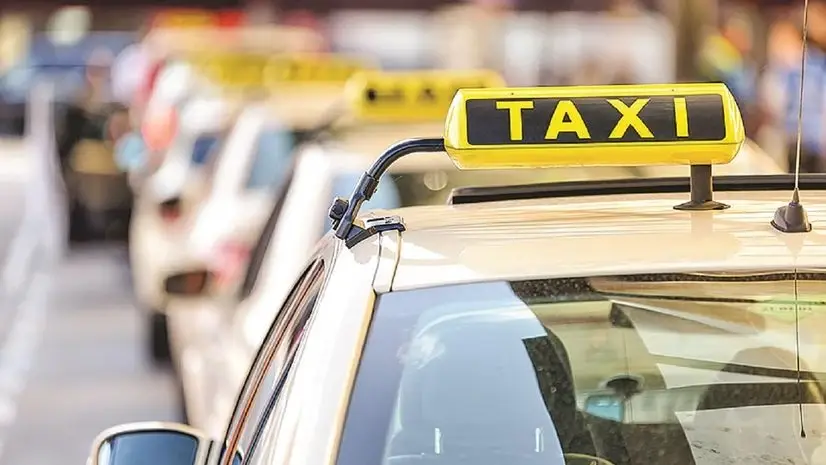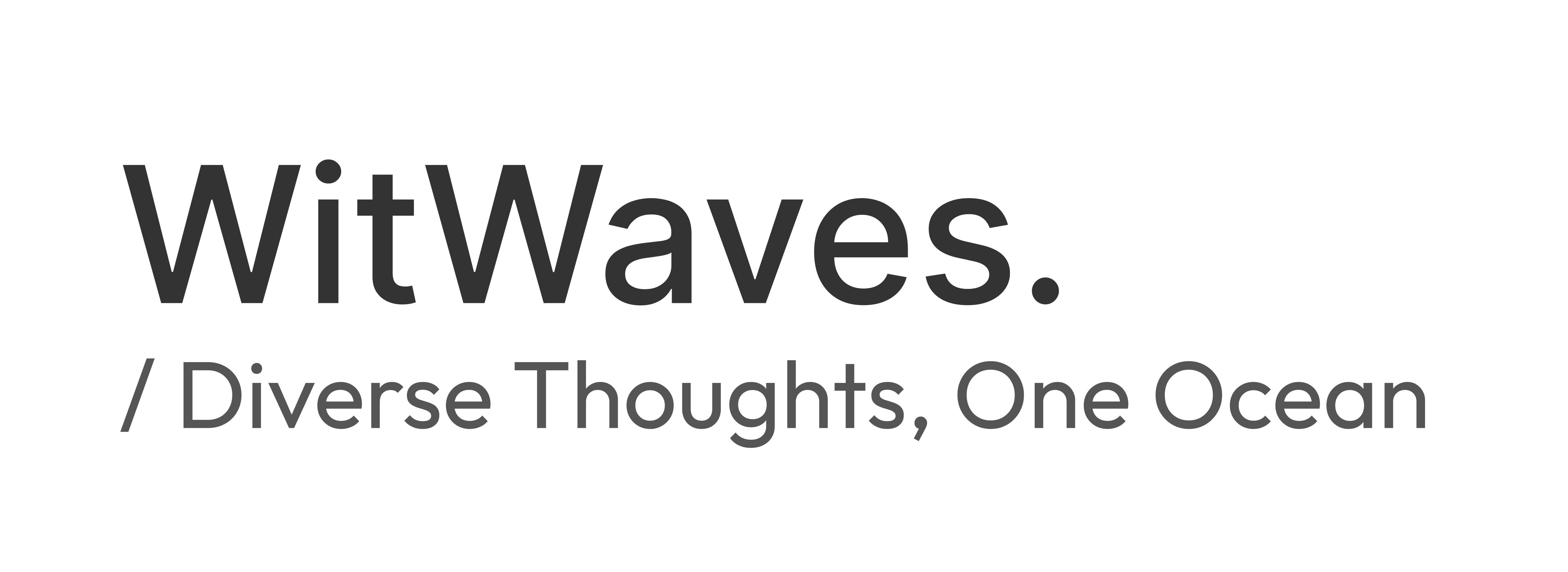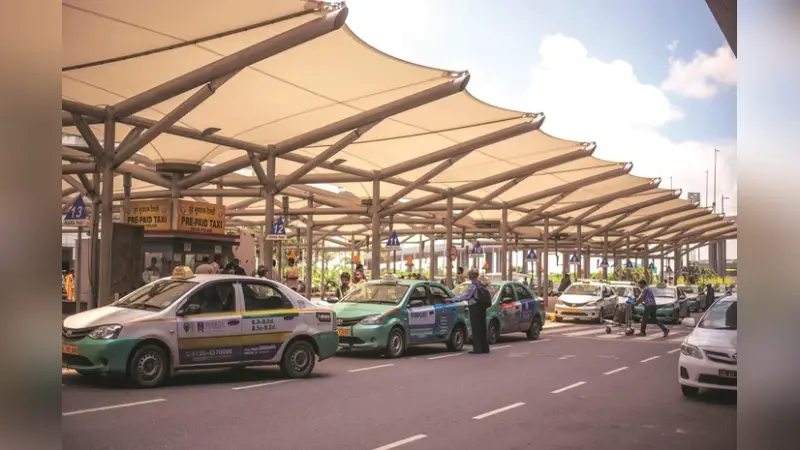India’s ride-hailing sector is approaching a dramatic turning point. For over a decade, private players like Ola and Uber have dominated the urban mobility space. While their platforms offered unprecedented convenience and digital connectivity, they also drew increasing criticism for exploitative commission structures, lack of regulatory transparency, and poor treatment of drivers.
Now, a new wave is rising, not backed by venture capitalists or tech billionaires, but by cooperatives and government institutions. Bharat Taxi, a cooperative-led nationwide platform, and a new state-run ride-hailing app from Maharashtra, are set to challenge the status quo, bringing with them a promise of driver empowerment, rural penetration, and people-first economics.
Bharat Taxi: A Revolutionary Cooperative on Wheels
Launched in June 2025, Bharat Taxi is the product of a historic collaboration between some of India’s largest and most respected cooperatives. The Multi-State Sahakari Taxi Cooperative Ltd was registered with the support of eight powerful entities including the National Cooperative Development Corporation (NCDC), IFFCO, Amul (GCMMF), Kribhco, and Banas Dairy. Together, they seeded the initiative with an impressive ₹300 crore in capital.
This is no minor pilot project, but it’s an audacious plan to reclaim India’s mobility economy through shared ownership and mutual benefit.

Vision and Model
Unlike traditional gig economy platforms, Bharat Taxi operates under a zero-commission model. Drivers retain 100% of their earnings, paying no cut to the platform for using the app. This addresses one of the most painful concerns voiced by drivers under Ola and Uber, where commissions often climb as high as 30%, significantly cutting into their take-home income.
Rohit Gupta, Deputy Managing Director of the NCDC, emphasized that Bharat Taxi is structured to prioritize social equity and economic justice.
“This is not just a transport service. It’s a movement to restore dignity, ownership, and long-term sustainability for those who move our cities and towns.”
The platform has already enrolled 200 drivers across Delhi, Uttar Pradesh, Gujarat, and Maharashtra. With a nationwide rollout targeted for December 2025, recruitment, onboarding, and regional expansions are in full swing.
Governance and Ownership
What makes Bharat Taxi different from corporate competitors is its structure of ownership. Unlike Ola and Uber, whose models are built around centralized, for-profit control, Bharat Taxi is entirely cooperative-owned. Each participating driver will become a stakeholder, entitling them to voting rights, dividends, and participation in key decisions.
There is no equity held by the government. Instead, financial and administrative autonomy rests within the cooperative framework. The app earlier referred to as “Sahakar Taxi” which was renamed “Bharat Taxi” to reflect its nationwide identity, with approval from Union Cooperation Minister Amit Shah.
Maharashtra’s State-Run Platform: Public Sector Enters the Fray
On a parallel track, the Government of Maharashtra is developing its own ride-hailing app, responding to growing frustration over the alleged “unethical practices” of private aggregators. Transport Minister Pratap Sarnaik has been especially critical, accusing major companies of “looting both drivers and passengers” through hidden fees, non-transparent algorithms, and excessive commissions.
Policy-Backed Empowerment
The state government is creating a platform that will not only rival existing apps but offer direct financial and social support to drivers. Proposed features include:
- Interest-free vehicle loans, supported by subsidies routed through Mumbai Bank
- Lower entry barriers for new drivers, especially from economically weaker sections
- Elimination of commission structures, offering more predictable earnings
- Priority to local talent and regional employment
Tentatively named “Jai Maharashtra,” “Maha-Go,” or “Maha-Ride,” the app is nearing its final stages of development. A strategic review chaired by Chief Minister Devendra Fadnavis is scheduled for August 5, where the final branding, technical partners, and launch roadmap will be finalized.
Technology as the Great Equalizer
While private players have leveraged sophisticated technology stacks to dominate the market, both Bharat Taxi and Maharashtra’s state platform understand the critical role that digital infrastructure plays in the success of any ride-hailing service.
Strategic Digital Partnerships
- Bharat Taxi is already in the process of selecting IT service providers through national tenders.
- IIM-Bangalore’s business and marketing experts are supporting the app’s outreach and adoption strategy.
- Maharashtra’s tech roadmap includes features like real-time tracking, integrated digital wallets, multi-language UI, and dynamic driver support systems.
Importantly, these platforms are built around data sovereignty and algorithmic transparency, unlike current platforms where pricing logic and customer-driver matching remain opaque and often manipulated.
Disrupting the Duopoly: Can They Succeed?
India’s ride-hailing economy, expected to cross $25 billion by 2030, is expanding far beyond the metros. Yet, most private platforms have failed to establish meaningful traction in rural and semi-urban regions, where logistical challenges and lower profitability deter them.
This is precisely where Bharat Taxi and the Maharashtra app aim to make a mark. Their deep integration with existing cooperative networks, rural credit institutions, and state-backed schemes gives them access and trust that foreign-funded platforms lack.
They also bring cultural fluency in incorporating regional languages, local practices, and offline support, which could be game-changers in Tier-II, Tier-III cities and beyond.
A New Social Contract for the Gig Economy?
What’s unfolding is more than a fight for market share. It’s a broader reckoning with the ethics of the gig economy.
For years, drivers have operated in a limbo, classified as independent contractors yet heavily controlled by algorithmic bosses. Lack of social security, absence of collective bargaining, and unilateral platform policies have bred discontent and attrition. The Bharat Taxi and Maharashtra app models challenge this head-on.
Their frameworks introduce:
- Worker-ownership
- Democratic governance
- Transparent pricing
- Stable, dignified livelihoods
This is not merely an innovation in service delivery, it’s a reimagination of digital capitalism, where the platform doesn’t exploit labor, but is co-created and co-owned by it.
The Road Ahead
As 2025 draws to a close, India’s mobility ecosystem may be on the brink of its most significant transformation since the arrival of app-based taxis. Bharat Taxi and the Maharashtra government’s initiative are not just offering new apps, they are offering a new economic philosophy, one rooted in collective prosperity, self-reliance, and social justice.
If successful, these models could pave the way for similar cooperative-led platforms in other sectors: food delivery, home services, logistics, and more. For millions of drivers and the billions who depend on them, the coming year could be the beginning of a more equitable, transparent, and humane way to move.



Discussion
Start the conversation
No comments yet
Be the first to share your thoughts on this article. Your insights could spark an interesting discussion!